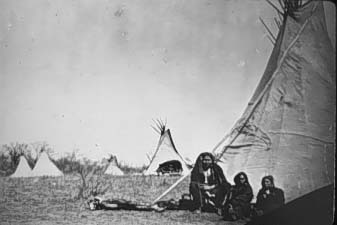Photography resources are among the most frequent queries to the American Oil & Gas Historical Society.
Whether a teacher, student, researcher, or journalist, a good place to start research for petroleum history photography is the local library or county historical society — and especially the nearest community museum. The American Oil & Gas Historical Society continues to build partnerships among more than 100 petroleum-related museums and their volunteer docents.
AOGHS encourages museum directors and energy education workshop practitioners to share experiences and teaching resources. Visits to petroleum museums, follow-up calls and emails also help expand these links for future oil patch image researchers.
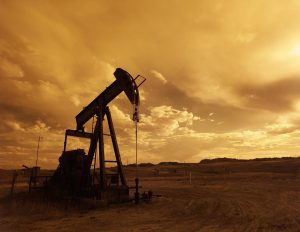
The American Oil & Gas Historical Society (AOGHS) website in 2019 used a public domain photo, meaning the image by Jean Beaufort could be used for personal and commercial projects. Photo courtesy Public Domain Pictures.net.
Although the historical society provides free energy education research and resources, it depends on financial contributions. Learn more about AOGHS (see FAQs) and support this website’s energy education outreach by becoming a supporter.
Research Resources
Below are resources for vintage oilfield photography. Suggestions and links are welcomed to help AOGHS expand this research aid. AOGHS also regularly updates research links for oil history videos and contact information for many state and national agencies, organizations, and trade groups.
Some historic oilfield photographs can be found with basic keyword searches that lead to both commercial and nonprofit websites. Some photographs can be used under public domain license, which allows personal and commercial use. An organization like the nonprofit Creative Commons, which shares the multimedia of its members, offers more information. Another helpful website for photo searches is PublicDomainPictures.net.
Public libraries and many education sites offer downloading materials for personal use with proper attribution; however, this sometimes does not grant permission to publish. Be sure to examine each source’s copyright requirements — or use images identified as being in the public domain.
————————————————————–
The Earth Science World Image Bank is a service provided by the American Geological Institute — designed to provide quality geoscience images to the public, educators, and the geoscience community.
With more than 6,000 images available to search, it is among the largest sources of earth science imagery available. Some restrictions apply for commercial use. Founded in 1948, AGI provides information services to geoscientists, serves as a voice of shared interests in our profession — and helps strengthen geoscience education.
Available from the Library of Congress, America at Work, America at Leisure – Motion Pictures from 1894 to 1915 is a collection of digitized early motion pictures featuring work, school, and leisure activities in the United States. This excellent site includes 150 motion pictures from which single frames may be captured.
The Detroit Publishing Company Collection includes more than 25,000 glass negatives and transparencies as well as about 300 color photolithograph prints, mostly of the eastern United States. The collection includes images from along railroad lines in the United States and Mexico in the 1880s and 1890s as well as views of California, Wyoming and the Canadian Rockies. The Library of Congress notes that it is not aware of any U.S. copyright or any other restrictions on the photographs in this outstanding collection.
At the University of Texas at Austin, the Briscoe Center for American History includes unrestricted access to the works of Houston commercial photographer Frank J. Schlueter, 1909-1913, and others. The Houston Public Library also offers an extensive photographic collection, including the work of Schlueter.
Professional geologist, oilfield historian and author Jeff Spencer in 2013 published a book about vintage postcards from Texas (learn more about his Texas Oil and Gas in Vintage Oil Postcards from Texas). The majority of Spencer’s more than 200 images came from his private collection, with some provided by Texas oil and gas museums, especially the Texas Energy Museum in Beaumont. He has been a frequent contributor to the Oil-Industry Journal, the peer-reviewed publication of the Petroleum History Institute.
The Library of Congress American Memory collection provides free and open access through the Internet to written and spoken words, sound recordings, still and moving images, prints, maps, and sheet music that document the American experience. This is a digital record of our history and creativity.
These materials, from the Library of Congress and other institutions, chronicle historical events, people, places, and ideas that continue to shape America — serving the public as a resource for education and lifelong learning.
More LOC collections include spectacular stereoscopic views of the oil region of Pennsylvania and New York. LOC also links to the collection of Farm Security Administration (Office of War Information Black-and-White Negatives).
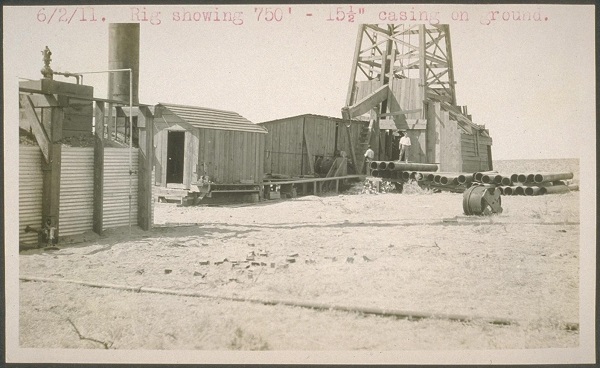
One of almost 300 petroleum-related images from the California Online Archives, “Oil Industry in California 1911-1914,” University of California, Berkeley, Bancroft Library.
The California Online Archives documents early California history with the Bancroft Library, including 299 digital images. Use the internal search with the phrase “Oil Industry in California 1911-1914” to get started. Thumbnails and screen-sized images are included with caption information and date when available.
Kansas Memory, created by the Kansas State Historical Society, shares a growing historical collection for the use of anyone interested in any aspect of Kansas History. As with many history-related websites, “the value of this site is in its rich content, including letters, diaries, photographs, government records from the state archives, maps, museum artifacts, and historic structures in Kansas.
The Rod Library at the University of Northern Iowa library in Cedar Falls provides an extraordinary summary page of history website links. Digitized sources offer a wide range of rare photographs and other documentation. These include Cartoons – Images – Posters – Advertisements, offers a further breakdown of topics and sources with links to the Library of Congress, the Smithsonian Institution and the National Archives and Records Administration. This is among the best places to begin oilfield photography research.
The First State Carnegie Library was built in 1901 in Guthrie, Logan County, notes this “Snap Shots from the Past” website project. This extensive site is part of the Oklahoma GenWeb project and features photographs submitted by visitors responding to the site’s request:
“Do you have an Oklahoma photo online or a photo you’d like to scan or have scanned to put online? Know of an Oklahoma event or historical site online? Send the link and we’ll add it to our ever-growing list or contact us about including your photo online.”
The National Archives Library Information Center provides NARA staff and researchers nationwide with convenient access to content beyond the physical holdings of their two facilities in Washington, DC, and in College Park, Maryland. This site provides numerous links to information and images covering American history and government.
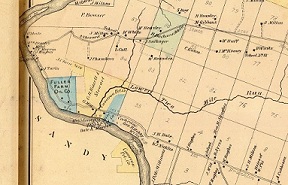 The David Rumsey Historical Map Collection has more than 17,400 maps online.
The David Rumsey Historical Map Collection has more than 17,400 maps online.
The collection includes rare 19th-century maps and other cartographic materials in resolutions that permit detailed searches. Maps are accessible through a keyword-searchable database. Early Pennsylvania oil region maps and contemporary advertisements are well represented.
The Nineteenth Century in Print: Periodicals – collected by the Library of Congress – now includes 955 volumes and more than 750,000 pages from almost two dozen 19th century periodicals. Among those available in this extensive collection: Atlantic Monthly, Harper’s New Monthly Magazine, Manufacturer and Builder, Scientific American, the United States Democratic Review, and the American Missionary.
The United States Patent and Trademark Office offers full-text and full-page image databases. However, patents issued from 1790 through 1975 are searchable only by patent number, issue date, and current U.S. classifications. Attempts to search those patents by any other fields will result in an error message.
The search engine Google Patent Search is not as limited – and frequently finds surprising results – but does not include trademark information.
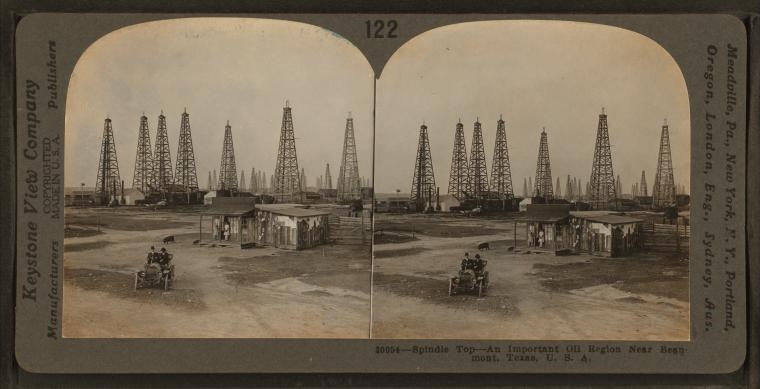
A 1915 stereoscopic view of “Spindle Top, an important oil region near Beaumont, Texas, USA.” Photo courtesy the New York Public Library Digital Collection.
The New York Public Library Digital Collection provides access to more3 than 900,000 images digitized from primary sources and printed rarities in the collections of the library. The collection includes historical maps, vintage posters, rare prints and photographs, illustrated books, printed ephemera, and more. The library includes extensive oilfield photography in the Robert N. Dennis collection of stereoscopic views.
The Central Pacific Railroad Photographic History Museum website documents the mammoth construction efforts and features an extraordinary collection of stereoscopic views of railroad expansion across America. This website — launched in 1999 — has become a leading internet resource, welcoming its one-millionth online visitor in 2005.
The Brooklyn Daily Eagle (1841-1963) is archived on this site with 147,000 pages in online digital format. Newspapers can be full-text searched for keywords or accessed by date of issue — which include good quality images of text and vintage advertising.
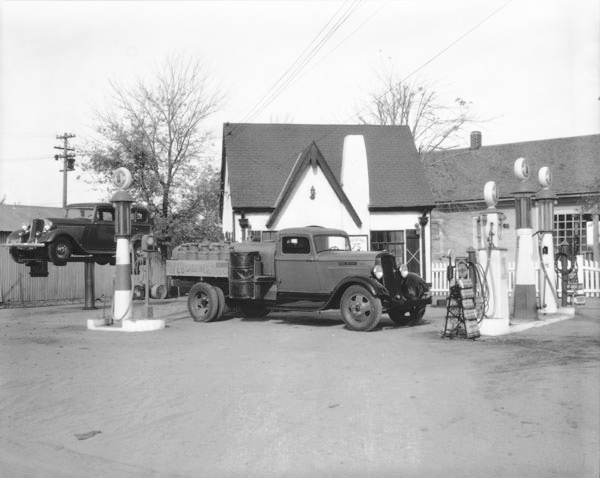
“Golden Rule Oil Company and Blue Ribbon Gasoline,” circa 1930, operated by the Golden Rule Refining Company, located in Wichita, Kansas, and owned by Elbert S. Rule. Photo courtesy Wichita Photo Archives, Wichita-Sedgwick County Historical Museum.
The Wikipedia public domain image resource list provides links to online sources of imagery with subheadings for history and specific periods of history. Importantly, the presence of a resource on this list does not guarantee that all or any of the images in it are in the public domain and users should verify copyright status of individual images selected.
In Kansas, the Wichita Photo Archives website is maintained by the Wichita Public Library Local History Section, Wichita-Sedgwick County Historical Museum, and Wichita State University Libraries’ Department of Special Collections. They all offer access to materials for educational and research purposes. Downloading from Wichita’s photo website for personal use with proper attribution of the source is permitted; however, this does not grant permission to publish. That permission must be sought separately.
Editor’s Note — Know other U.S. petroleum history photography resources? Please use the comment section below to let everyone know.
_______________________________
The American Oil & Gas Historical Society (AOGHS) preserves U.S. petroleum history. Please become an AOGHS supporter and help maintain this energy education website and expand historical research. For more information, contact bawells@aoghs.org. © 2025 Bruce A. Wells.




